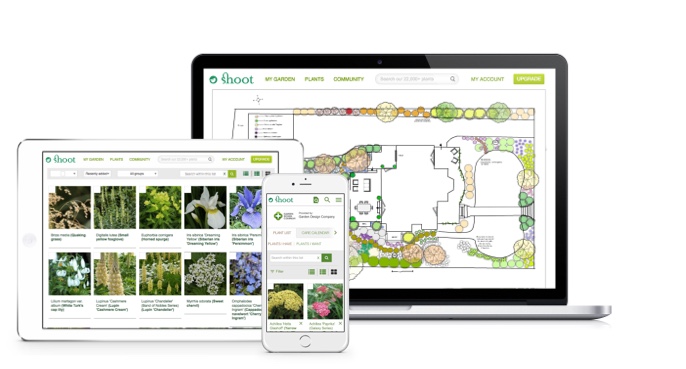Melaleuca armillaris (Bracelet honey myrtle)
Other names: Drooping melaleuca, Giant honey myrtle, Metrosideros armillaris, Myrtoleucodendron armillare
Species
M. armillaris is a tender, rounded to spreading, evergreen shrub or small tree with short, glossy, needle-like, dark green leaves and dense, cylindrical, bottlebrush-like spikes of creamy-white flowers from spring into summer. Flowers are followed by spherical, grey, woody seed capsules.
Season of interest
Flower | ||||
|---|---|---|---|---|
| Spring | Summer | Autumn | Winter | |
| Flower | ||||
Foliage | ||||
| Spring | Summer | Autumn | Winter | |
| Foliage | ||||
Height and spread
Height and spread | |||
|---|---|---|---|
| Size | Max height | Max spread | To maturity |
| 9 m | 9 m | 10-20 years | |
| 29 ft | 29 ft | 10-20 years | |
Where to grow
Check to see if this is the Right Plant, Right Place with ShootChecker™


/filters:strip_exif()/assets/v3/2024-11-22/480d26a4-50ec-4732-8eca-d0f46adccc61.jpg)
/filters:strip_exif()/assets/v3/2024-11-22/da845359-96f5-4090-85b7-8aa60ddf76b7.jpg)
/filters:strip_exif()/assets/v3/2024-11-22/004e2aef-005f-4c96-9fd3-0050a067255b.jpg)
/filters:strip_exif()/assets/v3/2024-11-22/480d26a4-50ec-4732-8eca-d0f46adccc61.jpg)
/filters:strip_exif()/assets/v3/2024-11-22/da845359-96f5-4090-85b7-8aa60ddf76b7.jpg)
/filters:strip_exif()/assets/v3/2024-11-22/004e2aef-005f-4c96-9fd3-0050a067255b.jpg)